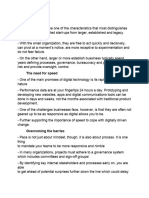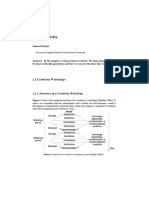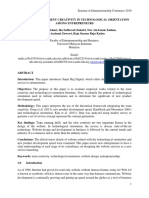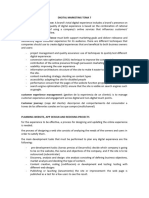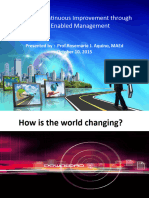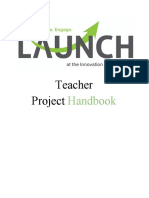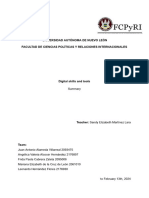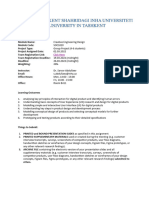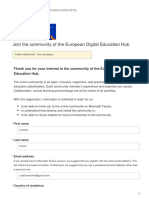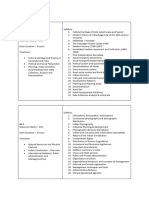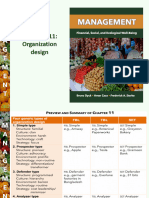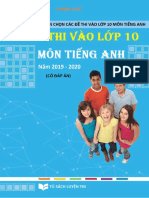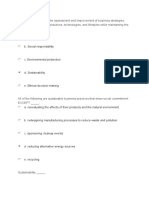0% found this document useful (0 votes)
86 views11 pagesCum Să Accelerați Alfabetizarea Digitală
The document discusses the need to accelerate digital literacy during the COVID-19 pandemic. Several key points:
- The pandemic has led to job displacement in some industries and increased demand for digital skills. This has had disproportionate impact on marginalized groups.
- There is a need to retrain over half of the workforce in the coming years due to technological changes. Programs must support collaboration between humans and machines.
- Measures are needed to maximize accessibility of training programs and focus on making them relevant to labor market needs. Both soft skills like creativity and hard skills like technology need emphasis.
- Lifelong learning and support for workers without college degrees is important for building resilient labor markets during times of change
Uploaded by
catalina nicolinCopyright
© © All Rights Reserved
We take content rights seriously. If you suspect this is your content, claim it here.
Available Formats
Download as DOCX, PDF, TXT or read online on Scribd
0% found this document useful (0 votes)
86 views11 pagesCum Să Accelerați Alfabetizarea Digitală
The document discusses the need to accelerate digital literacy during the COVID-19 pandemic. Several key points:
- The pandemic has led to job displacement in some industries and increased demand for digital skills. This has had disproportionate impact on marginalized groups.
- There is a need to retrain over half of the workforce in the coming years due to technological changes. Programs must support collaboration between humans and machines.
- Measures are needed to maximize accessibility of training programs and focus on making them relevant to labor market needs. Both soft skills like creativity and hard skills like technology need emphasis.
- Lifelong learning and support for workers without college degrees is important for building resilient labor markets during times of change
Uploaded by
catalina nicolinCopyright
© © All Rights Reserved
We take content rights seriously. If you suspect this is your content, claim it here.
Available Formats
Download as DOCX, PDF, TXT or read online on Scribd
/ 11

